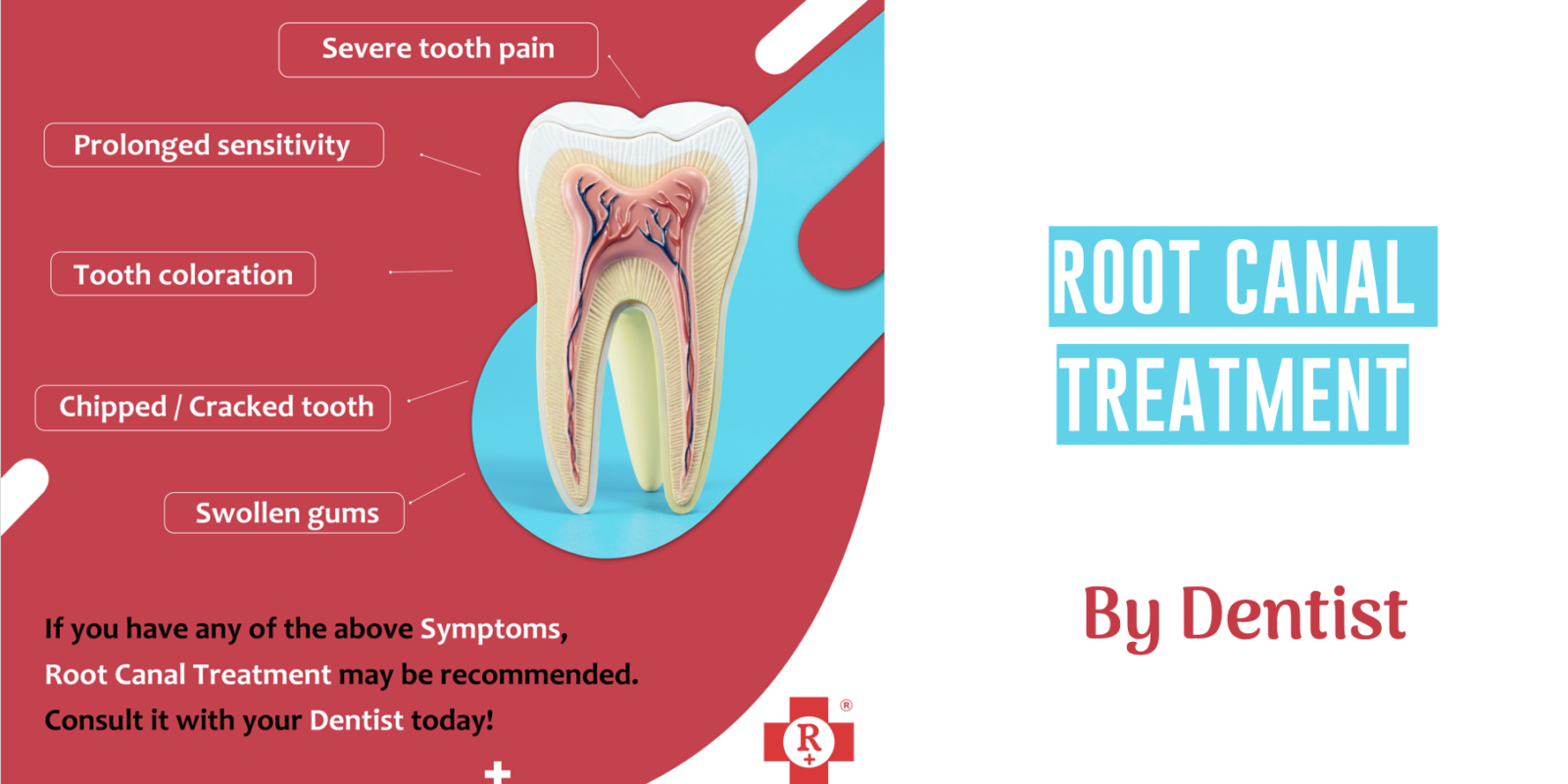When you think of the dentist, images of drills, pain, and fear probably come to mind. But root canal treatment is no longer a painful procedure that people shy away from. In fact, it’s a simple procedure that can save your natural teeth and keep you from needing dentures in the future. With proper maintenance and timely treatment, your natural teeth can last a lifetime. However, left untreated, decay can spread to the nerve and cause further teeth infection that cannot be reversed by brushing alone. That’s why regular checkups are so important. Here’s everything you need to know about root canal treatment with teeth.
How is a Root Canal Treatment done?
A root canal is an oral health treatment used to remove decay and infection from the soft tissues inside your tooth. Your tooth has two main parts: the crown, which is visible when you smile and is the part you clean with a toothbrush, and the root, which is inside your jawbone and connects the tooth to the surrounding soft tissues. The soft tissues inside each tooth, including the pulp and the periodontal ligament, are tissues that are susceptible to tooth decay and infection.

A root canal is performed when the inside of the tooth is infected or dying. Infected teeth may be extremely sensitive to hot, cold, or sweet foods and drinks. Swelling and redness may also occur. The infection can spread to the surrounding soft tissues and cause pain in your gums and cheek.
Why do you need a Root Canal?
As we age, our teeth are more susceptible to tooth decay, which can travel from the surface of the tooth down to the root. This is especially true for people with gingivitis or receding gums, which can make the tooth vulnerable. If left untreated, the infection will travel to the surrounding soft tissues and can even spread to the rest of the body.
Once the infection reaches the bone, it’s too late to save the tooth. That’s why regular checkups and early treatment are key to saving your teeth. If you have persistent pain in your teeth, bleeding gums, or swelling of the gums, a root canal may be necessary.
What happens during a Root Canal Treatment?
A root canal procedure usually takes 2 hours, although it can take longer. If your dentist determines a root canal is necessary, he or she will numb your tooth and surrounding tissue, then remove any decayed or infected tissue. Once the inside of the tooth is clean, the dentist will fill the empty space with a material called gutta-percha. This material is then removed and transferred to a plastic or rubber tip that is shaped like the inside of your tooth.
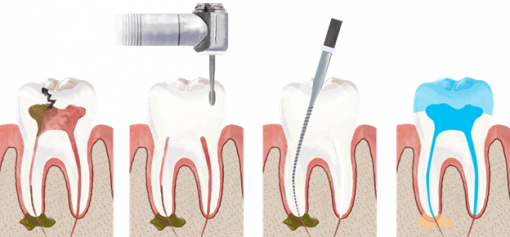
This tip is called a “post” and can stay in your tooth for many years. During the procedure, you may experience some discomfort. To make the experience as comfortable as possible, your dentist may give you a local anesthetic that will numb the tooth and surrounding tissues.
How long does it take to recover from a Root Canal?
Most people can return to their normal activities the next day. However, you should take it easy for a week after the procedure and avoid any strenuous activities and heavy lifting. Avoid smoking as well, since smoking can interfere with the healing process. You should also avoid any extreme temperatures and eat a healthy diet rich in nutrients to aid in the recovery process.
You should experience less pain in the tooth once the infection is gone. However, you may have some tenderness and swelling in the gums surrounding the tooth for the first few days after the procedure. If the pain persists, tell your dentist. You can also use an over-the-counter pain reliever as needed to relieve any discomfort.
Tips for recovery from Root Canal procedure
Don’t eat right away: Avoid eating right away after your procedure, and definitely not until the numbness in your mouth has disappeared fully.
Elevate your head and hold off on eating: You can help with that swelling by keeping your head elevated while you sleep for the first few nights as you’re recovering.
Use over-the-counter pain medications: Your dentist will recommend taking ibuprofen, an anti-inflammatory painkiller sold under the brand name Advil as one example.
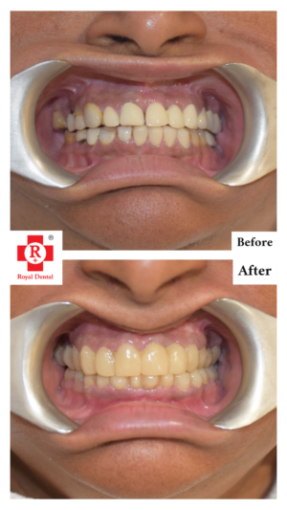
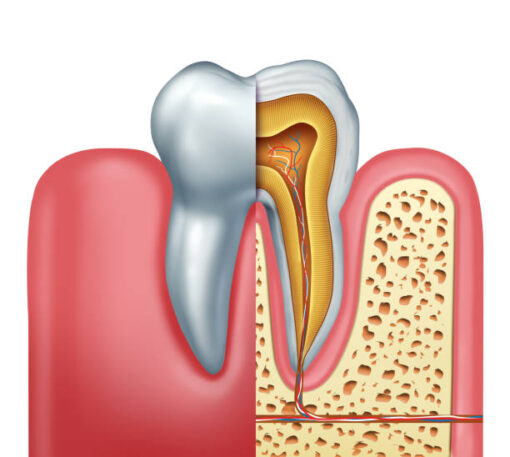
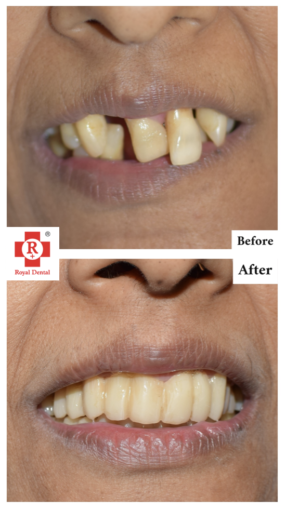
Gargle with warm salted water: Gargling with warm water and salt will help keep your mouth clean and prevent any infection from establishing itself in the gums surrounding your affected tooth.
Ice cream and cold compresses: Use a cold compress for up to 15 minutes at a time several times a day following the procedure until the swelling has subsided.
Avoid causes of inflammation: While recovering, avoid drinking hot drinks, smoking, drinking with straws, and drinking alcohol. All of those things can promote inflammation.
Tips for Recovery from a Root Canal
Brush and floss regularly, since bacteria can still reach the gum line and cause gingivitis, which may lead to a root canal. Eat a healthy diet to promote healing. Include plenty of fruits, vegetables, and whole grains in your diet. Limit processed foods and high-fat and high-sugar foods. Stay hydrated, since dehydration can interfere with the healing process.
Take pain relievers as needed. Try to reduce stress since stress can increase your risk of infections. Visit the dentist every 6 months for a checkup and cleaning. Avoid smoking as it can interfere with the healing process and lead to long-term health problems. See your dentist immediately if your pain persists.
Final Words
A root canal is an important procedure that can save your natural teeth. If you experience persistent pain in your teeth or swelling in your gums, you should visit the dentist as soon as possible. Early treatment can prevent you from needing a root canal. If you are experiencing pain in your teeth, don’t wait to see your dentist. The sooner you get treatment, the better your chances of saving the tooth. With proper maintenance and timely treatment, your natural teeth can last a lifetime.

